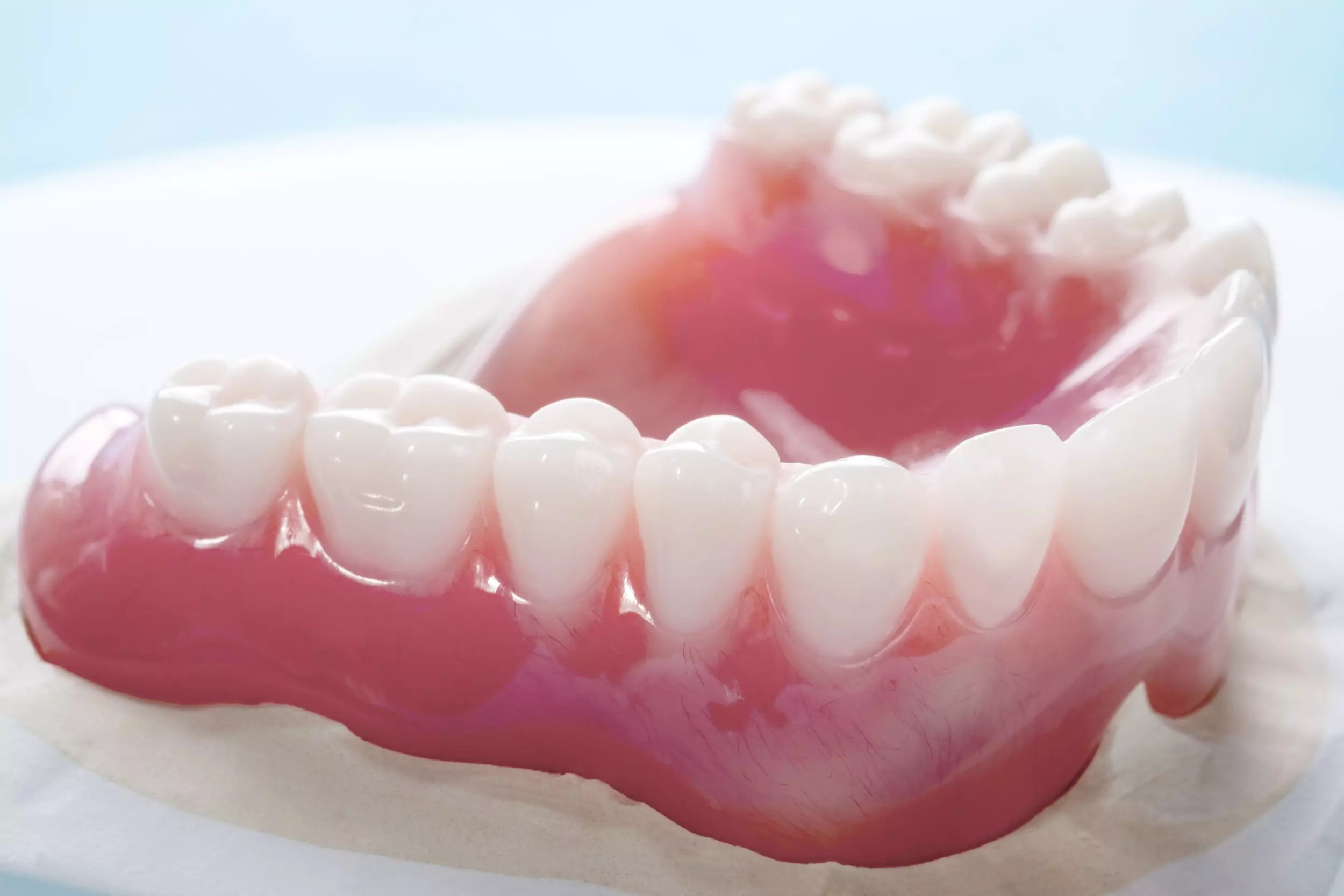
Gum disease, also known as periodontal disease, has two main forms: gingivitis and periodontitis. Gingivitis is the less severe form, characterized by inflammation of the gums. It can be caused by the presence of plaque, leading to bacteria buildup and bleeding gums. Gingivitis is reversible and can be easily treated.
If left untreated, gingivitis can progress to periodontitis, which is the more severe form of gum disease. Periodontitis can cause bone loss in the jaw, leading to tooth loss. Our partnered dental surgeons are experienced in preventing, diagnosing, and treating periodontal disease, as well as providing dental implant placement and maintenance for patients who have experienced tooth loss.
It’s important to note that more than 50% of patients have periodontal disease, with many unaware of their condition. Symptoms of gum disease may include swollen, tender, and red gums, bleeding gums, loose teeth, changes in how teeth fit together when biting, pain while chewing, increased tooth sensitivity, persistent bad breath, pus between gums and teeth, gum recession, and ill-fitting dentures.
To properly diagnose gum disease, it is highly recommended to schedule an appointment with your dentist as soon as possible. During the dental check-up, your dentist will assess your gums for inflammation using a dental ruler and check the depth of periodontal pockets. X-rays may be taken to evaluate bone loss in severe cases of gingivitis. Treatment can usually begin on the same visit for mild gingivitis, which may involve scaling and polishing or root planing. For more severe forms of gum disease, your dentist will recommend the best treatment plan suited to your needs, which may include more complex periodontal treatments.
If gum disease has caused damage to the supporting bone structure, it may be necessary to rebuild or reshape the bones through surgery. Splints and bite guards can be used to support loose teeth and aid in gum tissue healing. In cases of extensive bone or gum tissue loss, bone or gum grafting may be recommended. Guided tissue regeneration may also be employed to help gums stay in place while the tooth root reattaches to the supporting structure. Protective coverings and post-operative care, including mouthwash, pain relievers, and antibiotics, may be prescribed by your dentist.
It’s crucial to address gum disease promptly to prevent further complications and maintain good oral health. Regular dental check-ups and maintaining good oral hygiene practices, such as brushing and flossing, can help prevent gum disease.
Unleash the power of your smile and embark on a life-changing journey today! Embrace a transformational experience that will redefine your confidence and elevate your smile to new heights. Take the first step towards a radiant future and unlock the extraordinary potential within you. Let your smile become the symbol of your transformation and embrace the incredible possibilities that Await.

To prevent gum disease and maintain good oral health, it is important to follow these preventive measures:
By following these preventive measures and maintaining good oral hygiene practices, you can significantly reduce your risk of gum disease and maintain a healthy smile.
After completing gum surgery, it is important to follow the post-operative instructions provided by your dentist or periodontist. Here are some general guidelines:
It is essential to follow your dentist’s instructions and communicate any unusual symptoms or concerns during the healing process. They will provide you with personalized guidance based on your specific treatment and healing progress.
Indeed, several factors can increase the risk of developing gum disease. These risk factors include:
It’s important to note that having one or more of these risk factors does not necessarily mean you will develop gum disease. However, it does increase the likelihood, and it is essential to take extra care with oral hygiene and have regular dental check-ups to prevent or manage gum disease effectively.
Stay up-to-date with our latest updates!
We will never send any spam emails.
